
'Openshaw' artificial wooden hand
circa 1919

circa 1919

1982

1890-1920

1924-1930

1990
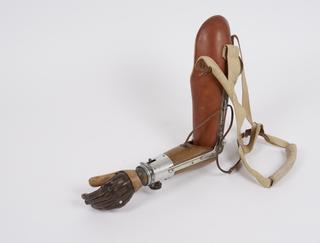
1920-1925
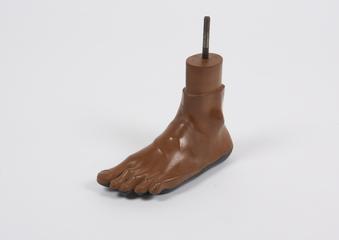
1981

1982
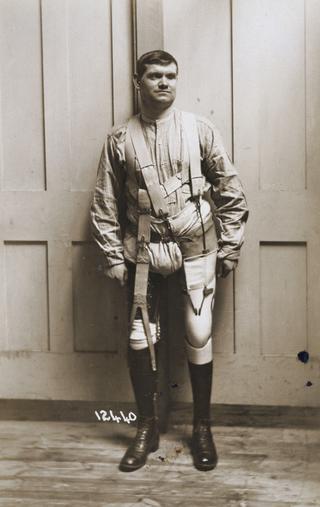
circa 1914-1918

1914-1918

circa 1915-1918

unknown
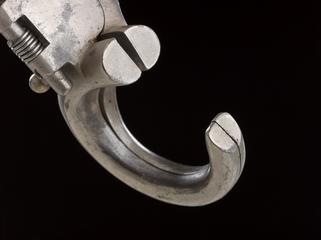
circa 1920

1992

1985
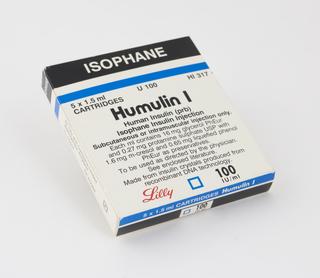
1991

1958-1965

circa 1915-1918
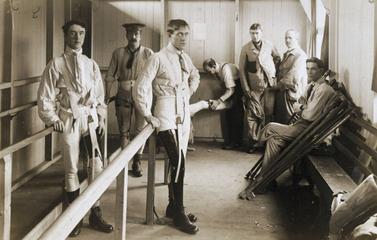
circa 1915-1918
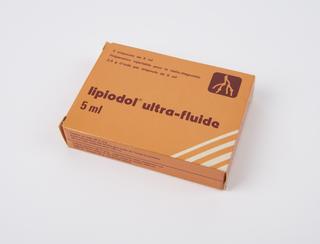
unknown
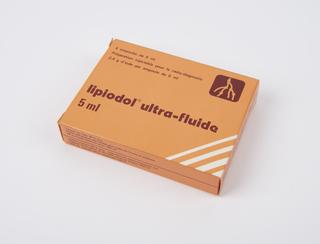
unknown

unknown
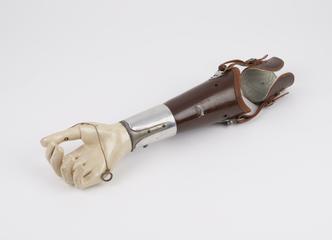
1921-1930
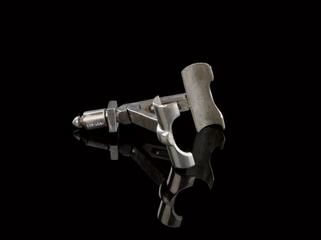
circa 1920
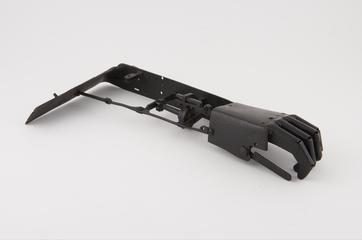
1510-1562

1920-1930
circa 1919
1751-1850
circa 1914-1918
circa 1915-1918
circa 1915-1918
circa 1915-1918
1975-1980
1911-1939
1914-1918
1900-1930
1928
circa 1915-1918
circa 1915-1918
circa 1915-1918
1917